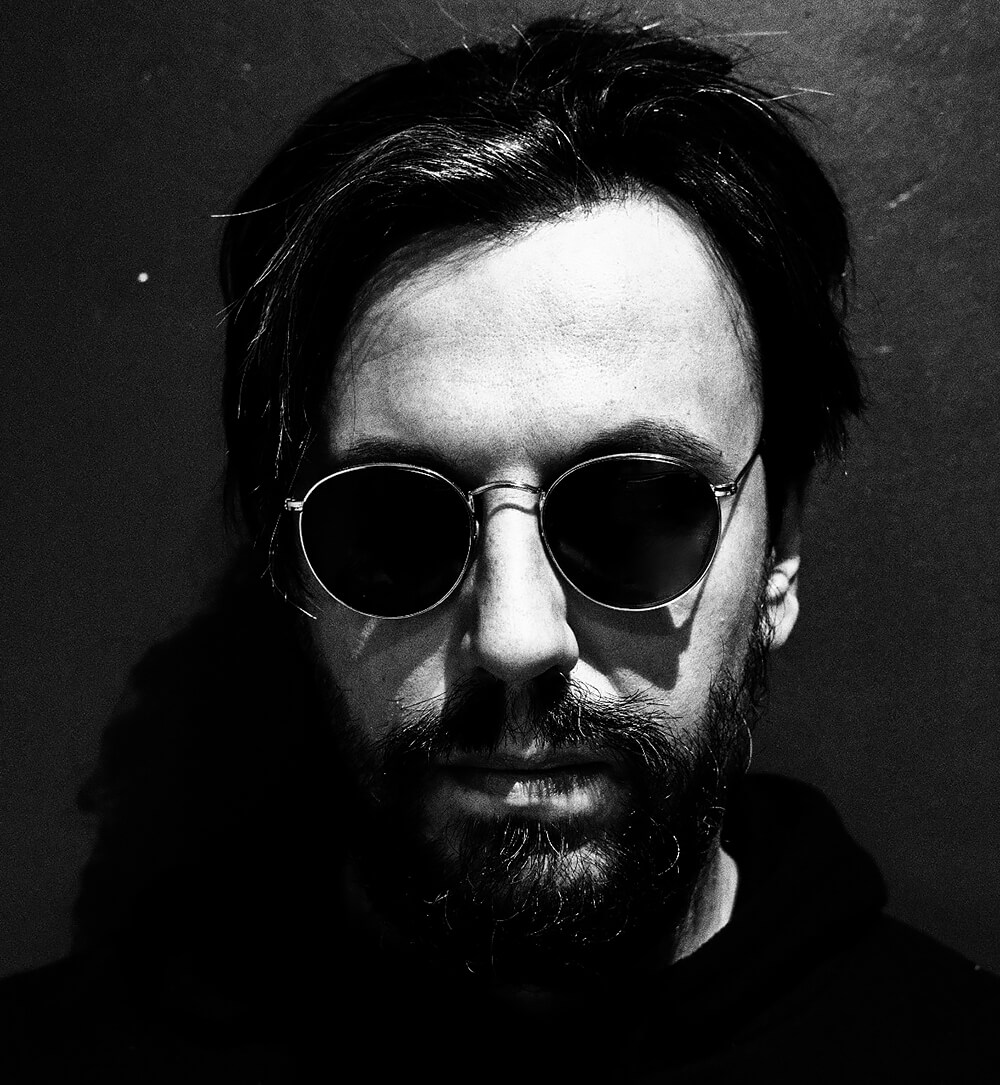I was born in Italy and I lived there for a while then I ended up in France by chance.
I was a musician, a writer and a philosopher.
Currently I am a photographer.
My photographic research finds its focal point in the street, among people, in the quite chaos
of everyday life and the surprise of the daily routine.
Anything ambiguous, hidden in the sunlight and in the shadows, can fascinate me.
The human presence is essential in my photos, what cannot be seen and especially what is
nebulously perceives represents the true essence of my research.
Reinventing the signifier of everyday life, creating a new reading code, like in a dream
where what seems is not.
I shoot almost exclusively digitally, going from colour to black and white depending on the current project or, quite simply, depending on what I want to transmit.
My photography is constantly evolving: a process that requires courage and
chaotic discipline.
